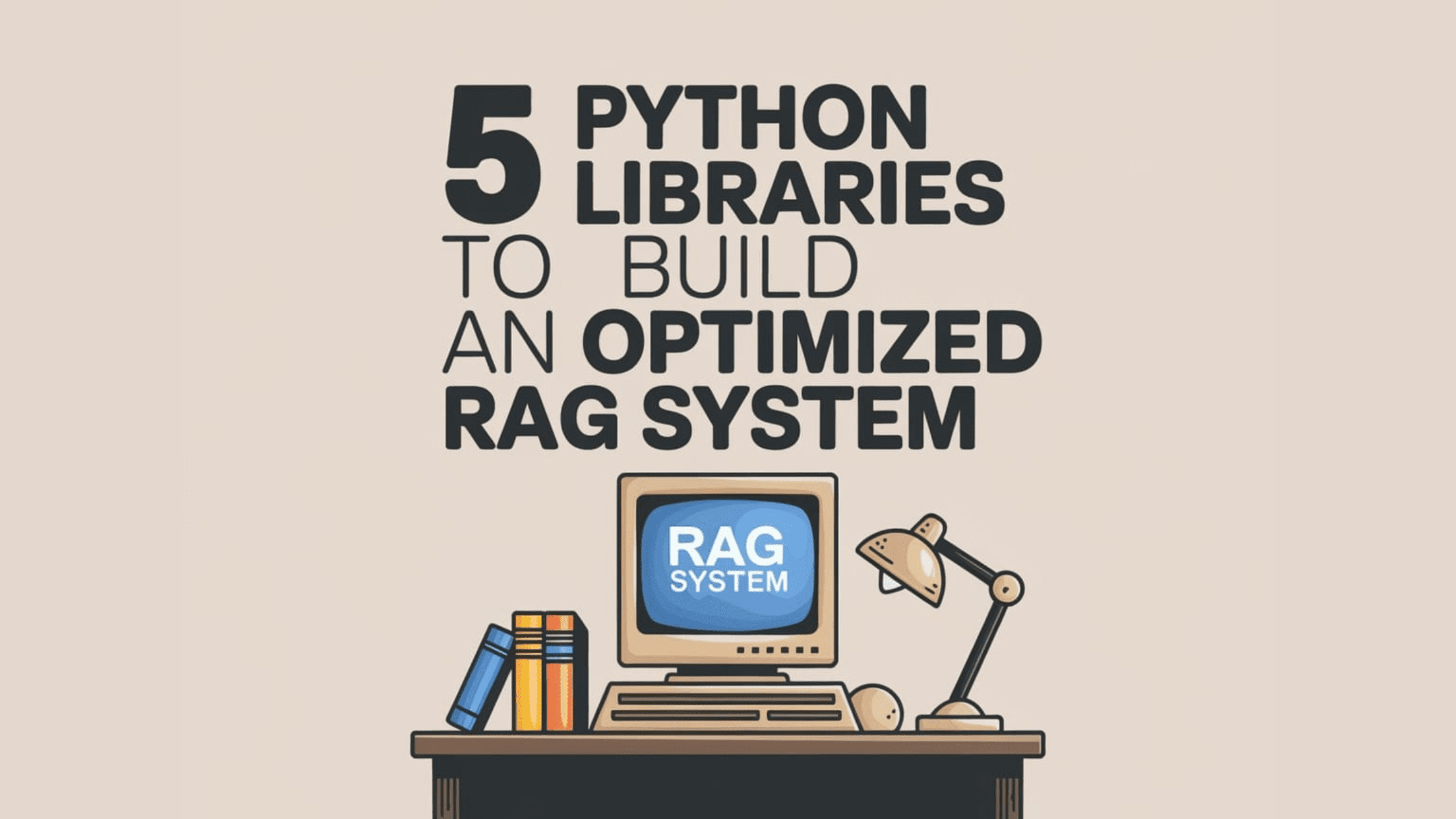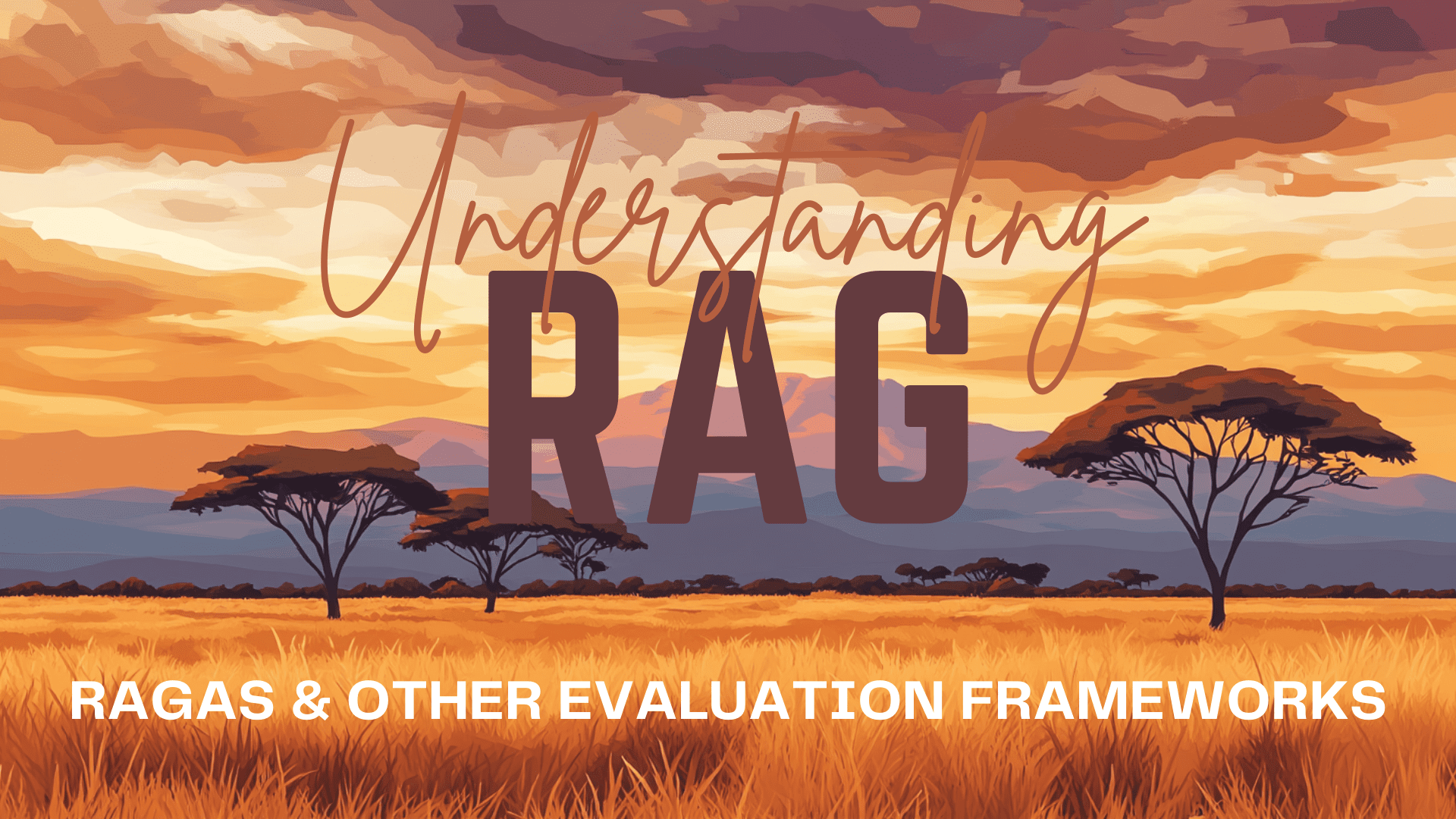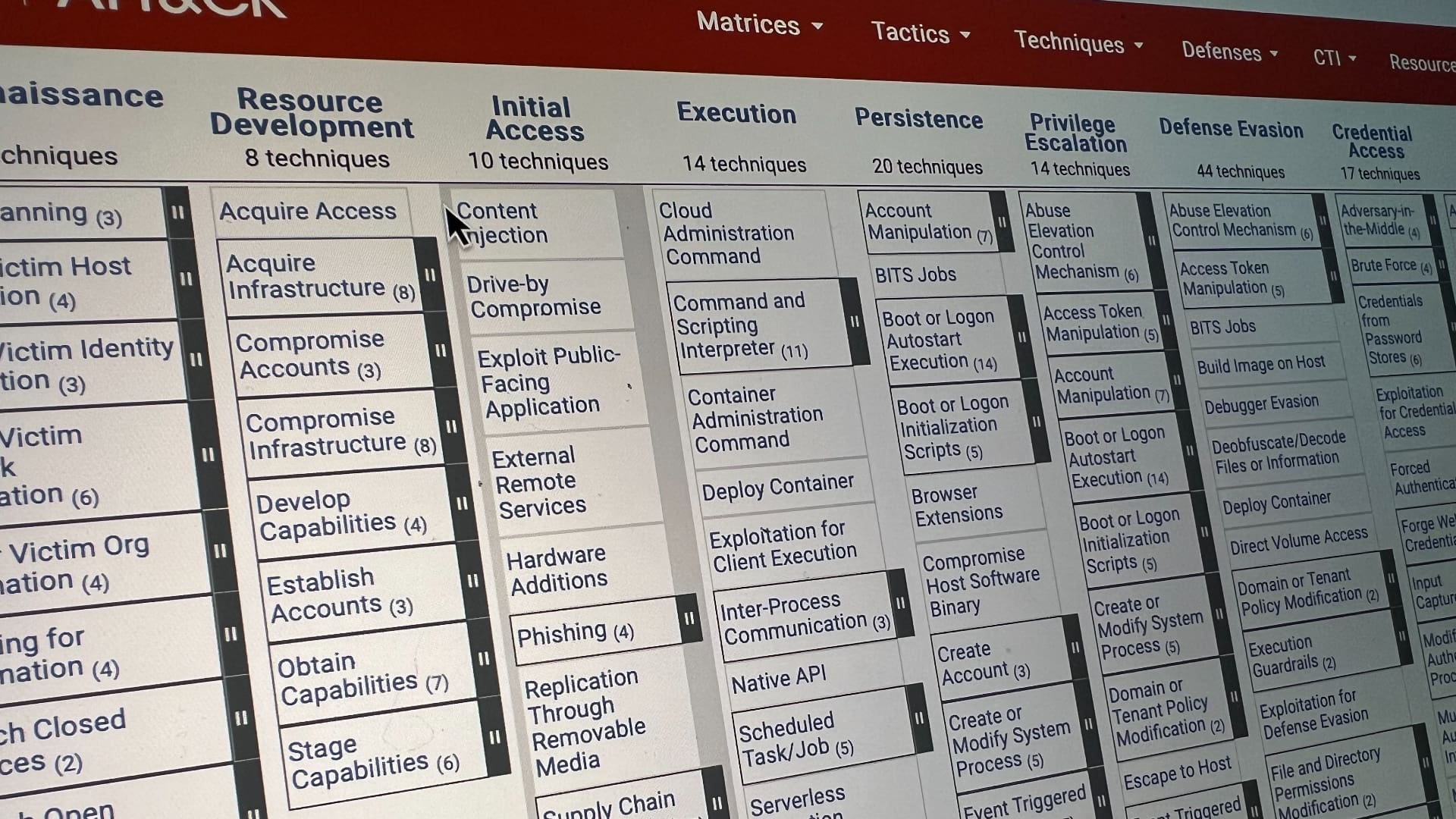Why Poor Documentation is Sabotaging Your Career?
" I wrote this code three months ago, and now I can't understand it at all..." "Where is the project handover document? Oh, I think I didn't write it..." "I followed the documentation, but it didn't work. The key steps weren't clearly explained!" "The documentation is too long; just looking at the table of contents gives me a headache..." Do these scenarios sound familiar? After years in the tech industry, I've come to realize a harsh truth: poor documentation is quietly undermining our careers. New members take weeks to get up to speed, project handovers feel like solving a puzzle, and maintaining old projects is like archaeology... In fact, writing good documentation isn't that hard! Today, I'll walk you through how to create a technical document that really stands out. No fluff, just solid, practical experience. Why No One Reads Your Documentation? Let's look at some common "documentation pitfalls": Overloading with jargon, turning newcomers away Incomplete steps, leading to inevitable failure Losing key information in the noise Failing to update, becoming increasingly unreliable Lack of examples, filled with abstract concepts Behind these issues are several common misconceptions about documentation writing: Common Misconception Actual Situation Correct Approach "Write the code first, then the documentation" By then, you've forgotten the details Write as you develop "Everyone is a programmer, they'll understand" Newbies are confused Put yourself in the reader's shoes "The more detailed, the better" No one wants to read long-winded text Highlight key points, be concise "It's done once you've written it" Outdated documentation is misleading Continuously update and maintain Focus on the Essentials: Structuring Your Documentation Good documentation is like a well-structured book: Project Documentation Framework ├── Project Introduction (What it is, what problem it solves) ├── Quick Start (Get up and running in 5 minutes) ├── Core Concepts (Key points that must be understood) ├── Detailed Guides (Scenario-based explanations) ├── FAQ (Common pitfalls and solutions) └── Change Log (Version updates and changes) A Special Note on "Quick Start" This is the most neglected but crucial part. Your goal is: Get the reader to see results in 5 minutes. Good Quick Start: 1. Install dependencies npm install my-project 2. Modify configuration // config.js export default { port: 3000 } 3. Start the service npm start Done! Now open http://localhost:3000 to see the result. Bad Quick Start: The project is developed using Node.js, with the Express framework, using MongoDB as the database, and also utilizing Redis... [A bunch of architecture explanations, but no instructions on how to run it] Practical Tips for Readability 1. Organize Content with Heading Levels ❌ Wrong Example: A pile of text without paragraphs or sections. ✅ Correct Example: ## Configure the Database ### 1. Install MongoDB ### 2. Create the Database ### 3. Set Access Permissions ## Start the Application ### 1. Environment Check ### 2. Start Command 2. Use Diagrams to Explain Complex Concepts For example, illustrating data flow: [User Request] --> [Load Balancer] --> [Web Server] | v [Cache Layer] | v [Database] 3. Highlight Important Information ❌ Mixed in the main text: After modifying the configuration file, remember to restart the server, otherwise the configuration will not take effect. ✅ Eye-catching Alert: ⚠️ Note: After modifying the configuration, you must restart the server!

" I wrote this code three months ago, and now I can't understand it at all..."
"Where is the project handover document? Oh, I think I didn't write it..."
"I followed the documentation, but it didn't work. The key steps weren't clearly explained!"
"The documentation is too long; just looking at the table of contents gives me a headache..."
Do these scenarios sound familiar? After years in the tech industry, I've come to realize a harsh truth: poor documentation is quietly undermining our careers. New members take weeks to get up to speed, project handovers feel like solving a puzzle, and maintaining old projects is like archaeology...
In fact, writing good documentation isn't that hard! Today, I'll walk you through how to create a technical document that really stands out. No fluff, just solid, practical experience.
Why No One Reads Your Documentation?
Let's look at some common "documentation pitfalls":
Overloading with jargon, turning newcomers away
Incomplete steps, leading to inevitable failure
Losing key information in the noise
Failing to update, becoming increasingly unreliable
Lack of examples, filled with abstract concepts
Behind these issues are several common misconceptions about documentation writing:
Common Misconception |
Actual Situation |
Correct Approach |
"Write the code first, then the documentation" |
By then, you've forgotten the details |
Write as you develop |
"Everyone is a programmer, they'll understand" |
Newbies are confused |
Put yourself in the reader's shoes |
"The more detailed, the better" |
No one wants to read long-winded text |
Highlight key points, be concise |
"It's done once you've written it" |
Outdated documentation is misleading |
Continuously update and maintain |
Focus on the Essentials: Structuring Your Documentation
Good documentation is like a well-structured book:
Project Documentation Framework
├── Project Introduction (What it is, what problem it solves)
├── Quick Start (Get up and running in 5 minutes)
├── Core Concepts (Key points that must be understood)
├── Detailed Guides (Scenario-based explanations)
├── FAQ (Common pitfalls and solutions)
└── Change Log (Version updates and changes)
A Special Note on "Quick Start"
This is the most neglected but crucial part. Your goal is: Get the reader to see results in 5 minutes.
Good Quick Start:
1. Install dependencies
npm install my-project
2. Modify configuration
// config.js
export default {
port: 3000
}
3. Start the service
npm start
Done! Now open http://localhost:3000 to see the result.
Bad Quick Start:
The project is developed using Node.js, with the Express framework,
using MongoDB as the database, and also utilizing Redis...
[A bunch of architecture explanations, but no instructions on how to run it]
Practical Tips for Readability
1. Organize Content with Heading Levels
❌ Wrong Example:
A pile of text without paragraphs or sections.
✅ Correct Example:
## Configure the Database
### 1. Install MongoDB
### 2. Create the Database
### 3. Set Access Permissions
## Start the Application
### 1. Environment Check
### 2. Start Command
2. Use Diagrams to Explain Complex Concepts
For example, illustrating data flow:
[User Request] --> [Load Balancer] --> [Web Server]
|
v
[Cache Layer]
|
v
[Database]
3. Highlight Important Information
❌ Mixed in the main text:
After modifying the configuration file, remember to restart the server, otherwise the configuration will not take effect.
✅ Eye-catching Alert:
⚠️ Note: After modifying the configuration, you must restart the server!
What's Your Reaction?



























_Elena_Uve_Alamy.jpg?#)



.png?width=1920&height=1920&fit=bounds&quality=80&format=jpg&auto=webp#)





















































